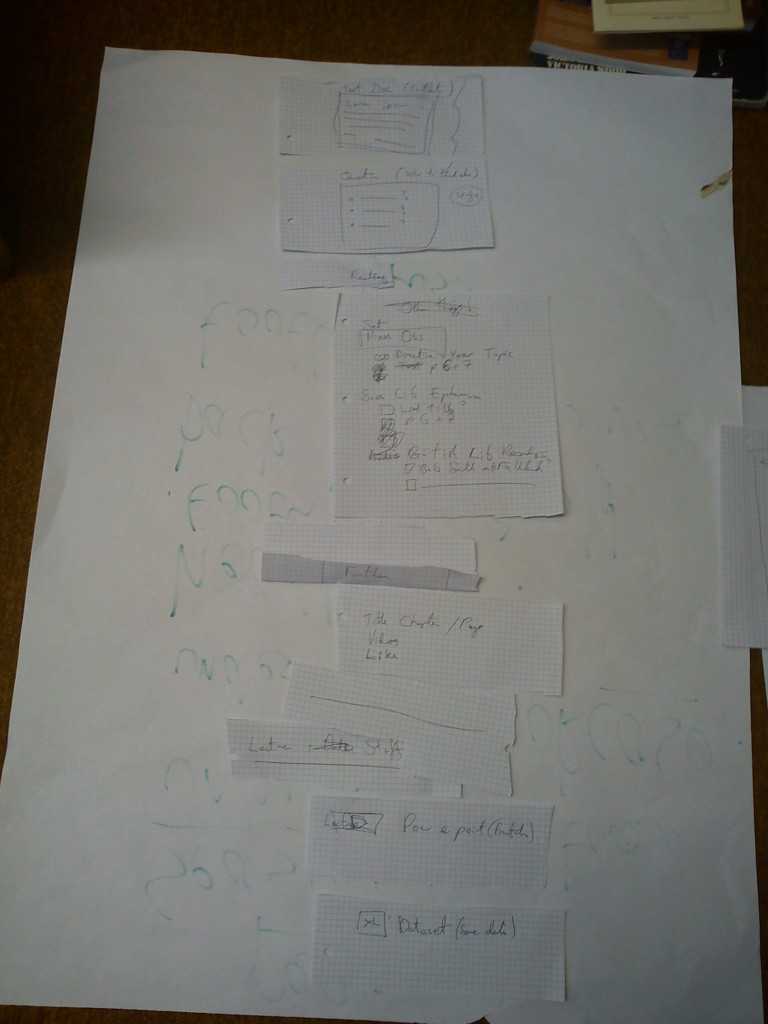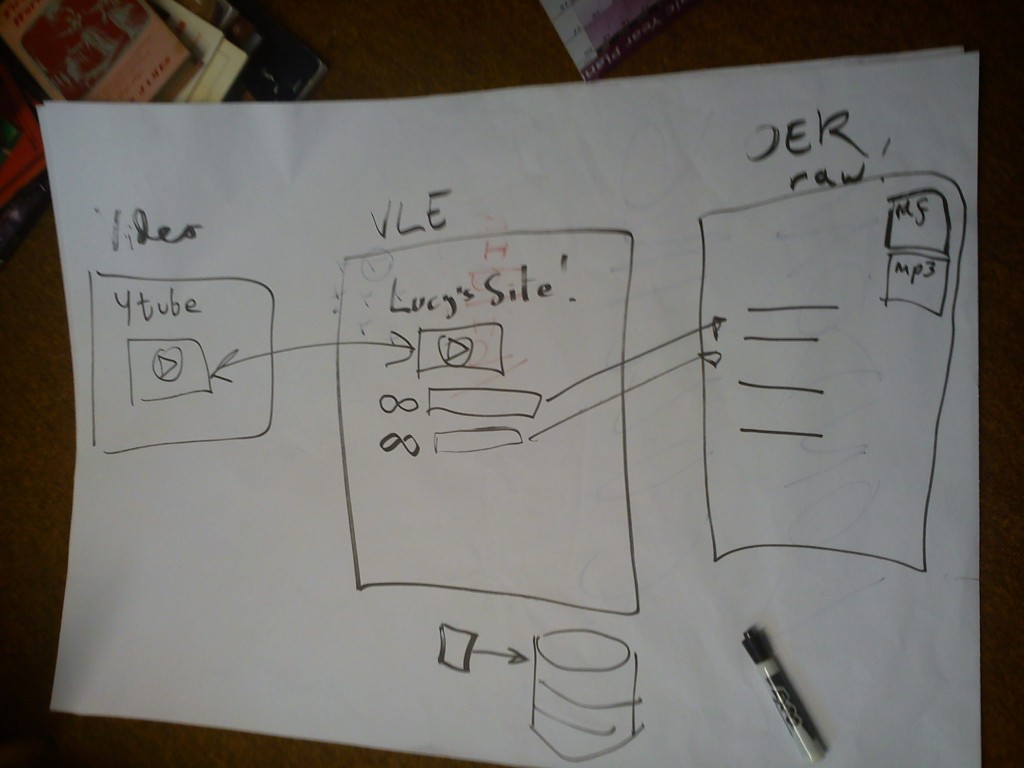Although our OER is broadly based on an existing taught course at Sussex, materials for which sit on the University’s Virtual Learning Environment, the addition of a huge quantity of primary sources means we need to rethink its structure. Like many of the apparently ‘simple’ steps in this project, this turns out to be a more complex process than we first thought. We’re now creating a teaching module on Moodle which needs to serve both an internal student audience with fairly specific requirements, and an unknown external audience.
This immediately raised another copyright issue. The current module offers internal students pdfs of key reading, usually journal articles or extracts from books, controlled and managed under the University’s copyright licence. So how do we continue to provide these to internal students without making them available to external users and falling foul of copyright restrictions? Ideally we want them simply to be invisible for external audiences as it could be deeply frustrating to someone to see a pdf but not be able to access it.
We kicked around a few options –
- Do we need to create two versions of the module – an internal one and an external one? (No – that would duplicate work and seems counter-intuitive).
- Do we create special sections within the module which are just for the external audience? (No again, as that seems equally counter-intuitive).
- We finally settle on a rather clunky work around in Moodle which should allow us to restrict the visibility of the journal article pdfs to a manually created internal group. This does mean remembering to create that group and changing it for each new cohort which studies the module, but it enables us to continue with just one version of the module.
For the non-technically minded, our E-learning guru, Stuart Lamour, has been a godsend. Witness his easy to understand explanation of how we link various types of content to the Moodle site and his cut and paste method of helping Dr Lucy Robinson and me establish a workable structure for the various sections of the module.
 This too involves more thinking.
This too involves more thinking.
- How much of the primary material from Mass Observation and the British Library becomes ‘set’ reading and how much is simply made available as ‘further’ reading?
- Where does all the ‘other stuff’ go, such as links to useful websites, podcasts, video clips and other items which Lucy has found interesting and would like students to look at?
- And how much of that material needs to be excluded from external view again for copyright reasons?
So the design of the OER’s architecture is still open for debate although a draft structure now exists. The next step is going to be populating it with the large amount of material we’ve digitised, and adding the contextual information that’s needed for external users. Oh and the small issue of ensuring we’ve got the right Creative Commons licence sorted out and with sufficient prominence in all the materials.
